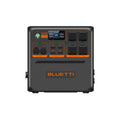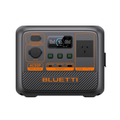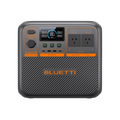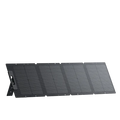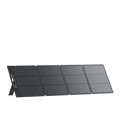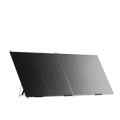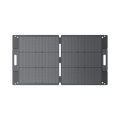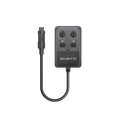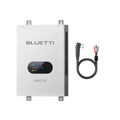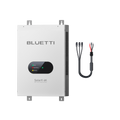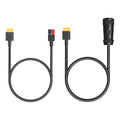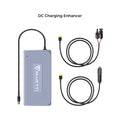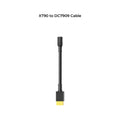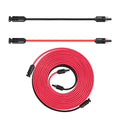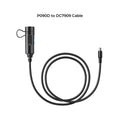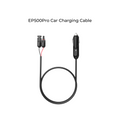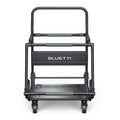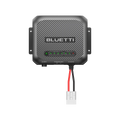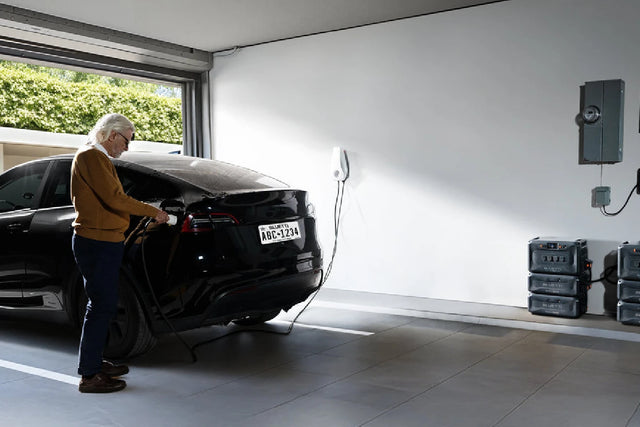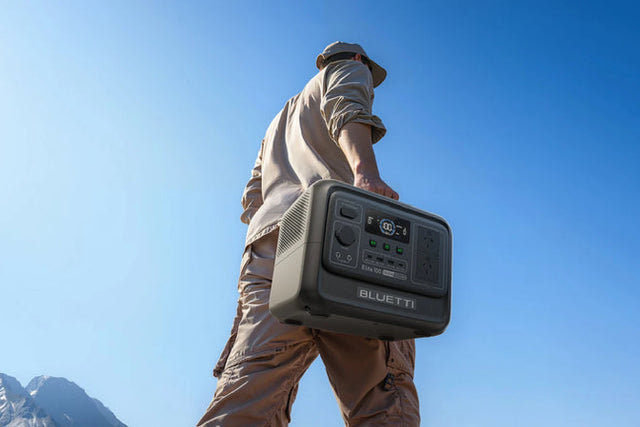The rise of renewable energy in recent years has been a beacon of hope for a more sustainable future. As homeowners, we have the power to contribute towards this movement by utilizing solar energy for our homes. However, the upfront costs of installing solar panels can often be a barrier for many. That's where government solar rebates come in – providing financial incentives for homeowners to switch to clean and renewable energy sources. In this comprehensive guide, we will walk you through everything you need to know about the 2024 government solar rebate program and how you can take advantage of it to make your home more energy-efficient and environmentally friendly.
Government Rebates
As the need for renewable energy sources continues to grow, the government has implemented various initiatives to encourage homeowners to make the switch to solar power. One of these initiatives is the government solar rebate. This rebate is designed to provide financial assistance to homeowners who install rooftop solar systems or battery storage in their homes. In this article, we will guide you through the 2024 government solar rebate for homeowners and help you understand the process of accessing this valuable incentive.
Federal and State Rebates
The government solar rebate is divided into two main categories: federal and state rebates. These rebates are available for both rooftop solar and battery storage installations, and they work together to provide homeowners with significant financial support.
The federal government provides the main rebate through the Small-scale Renewable Energy Scheme (SRES). Under this scheme, homeowners receive Small-scale Technology Certificates (STCs) based on the size and location of their solar system or battery storage. These certificates can then be traded or sold to registered agents who can then use them to offset the cost of your installation.
In addition to the federal rebate, each state also offers its own subsidy to further reduce the cost of solar and battery installation. The amount and type of state rebate available may vary, so it is important to research the options in your area.
Eligibility Requirements
In order to be eligible for the government solar rebate, there are certain requirements that homeowners must meet. These include:
- Being the owner of the property where the solar or battery system will be installed
- Using a solar installer who is accredited by the Clean Energy Council
- Ensuring that the solar or battery system meets all relevant standards and is installed correctly
- Using eligible solar panels and inverters that are listed on the Clean Energy Council's list of approved products
It is important to note that homeowners who are already receiving other government rebates or incentives may not be eligible for the solar rebate. Additionally, the rebate is only available for installations that have not yet been completed, so if you have already installed solar or battery storage on your property, you will not be eligible for the rebate.
How to Access the Rebate
The process of accessing the government solar rebate may vary depending on your location. However, in most cases, you will need to follow these general steps:
- Choose a reputable and accredited solar installer to complete your installation.
- Submit an application for the rebate through the relevant government agency.
- Once your application is approved, your installer will arrange for the installation and will provide you with the necessary paperwork to claim the rebate.
- Complete and submit the paperwork to the relevant government agency to receive your rebate.
It is important to keep all paperwork and receipts related to your installation as you may be required to provide them for verification purposes. It is also recommended to do thorough research and compare quotes from multiple installers to ensure you are getting the best deal.
The 2024 government solar rebate for homeowners is a valuable incentive that can significantly reduce the cost of installing solar and battery systems in your home. With both federal and state rebates available, it is important to research and understand the requirements and processes in your area in order to access this important financial assistance. By making the switch to solar, you not only save money on your energy bills but also contribute to a cleaner and more sustainable future.

National Solar Rebate Programs
The Australian government has set ambitious targets to increase the use of renewable energy sources across the country. In order to encourage homeowners to switch to solar energy, the government has introduced several rebate programs. These programs aim to reduce the initial cost of installing a solar system, making it more accessible and affordable for homeowners. The two main rebate programs currently in place are the Small-scale Renewable Energy Scheme (SRES) and the Large-scale Renewable Energy Target (LRET).The Small-scale Renewable Energy Scheme (SRES)
The SRES was introduced in 2001 and is designed to encourage the installation of small-scale renewable energy systems, such as solar panels, wind turbines, and hydro systems. Under this scheme, homeowners can receive a financial incentive for installing eligible systems up to 100kW in capacity. The size of the rebate depends on the size and type of system, as well as the location of the installation. This rebate is known as Small-scale Technology Certificates (STCs) and is usually claimed through the installer at the time of purchase. The value of STCs depends on the market price, which can vary and is subject to change. However, the government has committed to maintaining the scheme until 2030.The Large-scale Renewable Energy Target (LRET)
The LRET was introduced in 2001 and is designed to encourage investment in large-scale renewable energy projects, such as solar farms and wind farms. This scheme operates separately from the SRES and aims to increase the amount of renewable energy generated in Australia. Under the LRET, the government sets a yearly target for the amount of renewable energy that must be generated, with penalties for energy retailers who do not meet this target. The cost of these penalties is passed on to consumers, resulting in a higher price for electricity. However, the government also provides a financial incentive for large-scale renewable energy projects through the creation and sale of Large-scale Generation Certificates (LGCs). These certificates can be sold to energy retailers, who then use them to meet their renewable energy targets.The Future of Government Solar Rebates
The SRES and LRET are currently the main rebate programs offered by the Australian government. However, as we move towards 2024, there may be changes to these schemes. The government is committed to reducing Australia's carbon emissions and achieving its renewable energy targets, so it is likely that rebate programs will continue to play a significant role. However, the details of these programs, such as the value of STCs and LGCs, may change in response to market conditions and government policies.the Australian government has implemented national solar rebate programs to encourage homeowners to switch to renewable energy sources. The SRES and LRET are the two main schemes currently in place, offering financial incentives for the installation of small-scale and large-scale renewable energy systems. These programs are subject to change, but the government is committed to maintaining them until 2030. By taking advantage of these rebates, homeowners can not only save money on their energy bills but also contribute towards a more sustainable future for Australia.

Australian Capital Territory Next Gen Energy Storage Program
The Australian Capital Territory (ACT) has always been at the forefront of promoting renewable energy usage and reducing carbon emissions. With the goal of achieving 100% renewable energy by 2020, the ACT government has introduced several programs and incentives to encourage homeowners to switch to renewable energy sources like solar power. One such program is the Next Gen Energy Storage Program, which aims to support the integration of residential solar panels with energy storage systems.
The Next Gen Energy Storage Program is a part of the ACT government's commitment to transitioning to a cleaner and more sustainable energy future. The program offers a rebate of up to $825 per kilowatt hour (kWh) of energy storage capacity, with a maximum of $4,500 per household. This means that a household with an energy storage system of 5kWh can receive a rebate of up to $4,125. The rebate is available for new installations and upgrades of existing solar PV systems in homes within the ACT.
To be eligible for the Next Gen Energy Storage Program, the household must have an existing solar PV system or plan to install one simultaneously with the energy storage system. The system must also have a minimum energy storage capacity of 2kWh and a maximum of 30kWh. Additionally, the energy storage system must have a minimum warranty period of 10 years and must be installed by a Clean Energy Council (CEC) accredited installer.
The Next Gen Energy Storage Program is a great opportunity for homeowners in the ACT to take control of their energy usage and reduce their reliance on the traditional electricity grid. By storing excess solar energy during the day, homeowners can use it during peak hours or at night, reducing their dependency on electricity from the grid. This not only helps in reducing electricity bills but also contributes to a more reliable and stable grid.
The Next Gen Energy Storage Program has already been a success, with more than 1,300 households in the ACT taking advantage of the rebate to install energy storage systems. This has resulted in a cumulative storage capacity of over 7.5MWh, reducing CO2 emissions by an estimated 7,500 tonnes per year. Apart from the financial benefits, homeowners also have the satisfaction of contributing to a cleaner environment and reducing their carbon footprint.
In addition to the rebate, the ACT government also offers zero-interest loans of up to $15,000 for households looking to install a solar PV and energy storage system. This makes it easier for homeowners to make the switch to renewable energy without incurring a large upfront cost.
The Next Gen Energy Storage Program is just one of the many initiatives undertaken by the ACT government to promote renewable energy usage. In 2024, the program is expected to continue and possibly expand to include commercial and community buildings as well. The ACT government's commitment to a sustainable future and its proactive approach towards promoting renewable energy make it a leader in Australia's transition to cleaner and greener energy sources.
the Next Gen Energy Storage Program in the ACT is a significant opportunity for homeowners to benefit from a generous rebate while also contributing to a cleaner environment. With the program expected to continue in the future, it is a great time for homeowners to invest in solar power and energy storage systems. The transition to renewable energy is not only financially beneficial but also crucial in reducing carbon emissions and creating a sustainable future for generations to come.
South Australia Home Battery Scheme
South Australia is leading the way in renewable energy with their Home Battery Scheme, which was launched in October 2018. This scheme aims to support homeowners in the state to install solar batteries in their homes, making it easier and more affordable for them to access renewable energy. The government has set a target to achieve net zero emissions by 2050, and this scheme is a significant step towards achieving that goal.Eligibility
To be eligible for the Home Battery Scheme, homeowners must already have solar panels installed on their property. They must also be the owner-occupier of the property and have a combined household income of less than $180,000 per year. Additionally, the property's maximum value must not exceed $3 million, and the battery system must have a minimum capacity of 5kWh. Eligible homeowners can access a subsidy of up to $4,000 to install a solar battery system.
How does it work?
Under the Home Battery Scheme, homeowners can choose from a list of approved battery brands, sizes, and retailers. The government has selected these brands based on their performance, safety, and value for money. Once homeowners have chosen their preferred battery system, they can then approach an approved retailer to install the system. The government subsidy will be applied at the point of sale, reducing the upfront cost for the homeowner.
Benefits for homeowners
The Home Battery Scheme offers several benefits for homeowners in South Australia. Firstly, it allows them to store excess solar energy generated during the day and use it at night, reducing their reliance on the grid. This can result in significant savings on electricity bills. Secondly, by using renewable energy, homeowners can reduce their carbon footprint and contribute to a cleaner and greener environment. Additionally, installing a battery system can increase the value of the property and make it more attractive to potential buyers in the future.
Impact on the grid
The Home Battery Scheme also has a positive impact on the grid. By reducing the demand for electricity from the grid during peak hours, it helps to stabilize the grid and reduce the risk of power outages. It also supports the growth of renewable energy by allowing excess solar energy to be stored and used when needed, instead of being wasted. This reduces the reliance on traditional, non-renewable sources of energy, leading to a more sustainable and cleaner energy future for South Australia.
The future of the Home Battery Scheme
The Home Battery Scheme has been highly successful, with over 40,000 batteries installed in homes across South Australia since its launch. It has helped to reduce electricity bills for homeowners, reduce their reliance on the grid, and lower carbon emissions. The government has committed to investing a further $100 million into the scheme, extending it until 2025. This will allow more homeowners to access the benefits of solar batteries and contribute towards a more sustainable future.
the Home Battery Scheme in South Australia is an excellent initiative by the government to support homeowners in transitioning towards renewable energy. It offers numerous benefits, including cost savings, reduced carbon footprint, and increased grid stability. With the scheme set to continue, more homeowners will have the opportunity to access solar batteries and contribute to a cleaner and greener future for South Australia.

Victorian Solar Rebates
The state of Victoria in Australia has been a leader in promoting sustainable energy solutions, including solar power. The Victorian government offers several incentives and rebates for homeowners who install solar panels on their homes. These rebates are designed to make solar power more affordable and accessible for residents, while also reducing the state's reliance on fossil fuels.
One of the biggest incentives for homeowners in Victoria is the Solar Homes Program, which was launched in 2018. This program offers rebates of up to $1,850 for eligible households to install solar panels on their homes. This is a significant amount that can greatly reduce the upfront costs of installing a solar system.
In addition to the Solar Homes Program, the Victorian government also offers a Feed-in Tariff (FiT) for households that generate excess solar energy. This FiT pays homeowners for the excess energy that they feed back into the grid, making solar power even more financially beneficial. Currently, the FiT in Victoria is set at 9.9 cents per kilowatt-hour (kWh) for households with solar systems up to 100kW in capacity.
Another important aspect to consider for homeowners in Victoria is the Small-scale Technology Certificate (STC) program. This program provides financial incentives for small-scale renewable energy systems, including solar panels. Under this program, homeowners can receive a certain number of STCs based on the size and location of their solar system. These STCs can then be sold to electricity retailers to help offset the cost of the solar system installation.
Victorian Battery Rebates
In addition to solar rebates, the Victorian government also offers incentives for homeowners to install battery storage systems. This is part of their initiative to promote sustainable and reliable energy solutions. The Solar Homes Program also extends to battery rebates, offering eligible households up to $4,838 for installing a battery storage system with their solar panels.
Battery storage is becoming increasingly popular as a way for homeowners to store excess solar energy for later use. This not only helps to reduce reliance on the grid, but also allows homeowners to use their solar power at night or during power outages. The Victorian government's battery rebate aims to make this technology more accessible to residents and encourage the adoption of clean energy alternatives.
It's important to note that there are eligibility criteria and requirements for all of these rebates and incentives. Homeowners should research and carefully consider their options before deciding on a solar or battery system. They can also consult with accredited solar retailers and installers who can provide guidance and assistance in navigating these programs.
Victorian homeowners have access to generous rebates and incentives to make the switch to solar power and battery storage. These programs not only save money for residents, but also contribute to a more sustainable and greener future for the state. As the government continues to invest in renewable energy, it's clear that Victoria is on the right path towards a more sustainable and environmentally friendly future.
If you already have a solar system installed in your home, you may be wondering if you can add a solar battery to your existing setup. The answer is yes, and it can be a great way to maximize the benefits of your solar panels. One of the top options in the market is the BLUETTI AC500 + B300S, which offers a powerful energy solution for homeowners.The BLUETTI AC500 + B300S is a complete energy system that can power your home with up to 5,000 watts of rated power. This means that you can run multiple appliances and devices at the same time without worrying about any power shortage. This makes it a perfect solution for larger households or for those who have high energy consumption.
One of the main advantages of the BLUETTI AC500 + B300S is its expandable capacity. The system comes with a 3,072Wh battery, but you can add more B300S batteries to increase the capacity up to 18,432Wh. This means that you can tailor the system to fit your specific energy needs, which can vary depending on your household's size and energy usage.
The B300S battery is a LiFePO4 battery, which offers a longer lifespan compared to other battery types. It has a lifespan of 3,500+ cycles to 80% capacity, which means that it can last for many years without needing to be replaced. This makes it a cost-effective option for homeowners, as they won't have to constantly spend money on battery replacements.
In terms of control and monitoring, the BLUETTI AC500 + B300S offers a smart APP control feature. This means that you can connect the system to your home's WiFi or Bluetooth and control it through a mobile app. This makes it easy to monitor your energy production and consumption, as well as make adjustments to the system's settings.
The BLUETTI AC500 + B300S also offers six ways to recharge the system, giving you more flexibility and reliability. You can recharge the system through AC power, solar panels, your car's cigarette lighter, a generator, a lead-acid battery, or through dual charging (both AC and solar at the same time). This allows you to have multiple backup options in case one source of power is not available.
Furthermore, the system comes with 16 versatile outlets that can accommodate 99% of devices, making it a versatile and convenient solution for any household. You won't have to worry about your appliances and devices not being compatible with the system, as it offers a wide range of outlet options.
One of the key benefits of adding a solar battery to your existing system is having 24/7 UPS home backup. This means that even if there is a power outage, your home will still have access to electricity thanks to the solar battery. This can provide peace of mind for homeowners, knowing that they won't be left in the dark during emergencies or unexpected power outages.
Lastly, the BLUETTI AC500 + B300S comes with a 4-year warranty, providing homeowners with added protection and security. This shows the confidence of the manufacturer in the quality and reliability of their product.
if you have an existing solar system in your home, adding a solar battery like the BLUETTI AC500 + B300S can be a smart and beneficial investment. It offers expandable capacity, long battery life, convenient control and monitoring, multiple recharge options, and 24/7 home backup. With its versatile outlets and 4-year warranty, it's a reliable and cost-effective solution for homeowners looking to maximize the benefits of solar energy.
1. What is the government solar rebate for homeowners?
The government solar rebate for homeowners is a financial incentive program offered by the federal government to encourage the adoption of solar energy in homes. It provides a subsidy for the installation of solar panels on residential properties.
The government solar rebate for homeowners is a financial incentive program offered by the federal government to encourage the adoption of solar energy in homes. It provides a subsidy for the installation of solar panels on residential properties, allowing homeowners to reduce their initial investment costs. This rebate is typically in the form of a tax credit or rebate, and the specific amount varies depending on the state and local government policies. However, it is estimated that homeowners can receive up to 30% of the total installation cost back through this rebate program. This not only makes solar energy more affordable for homeowners, but also helps to reduce our reliance on non-renewable resources, leading to a more sustainable future.
2. Who is eligible for the solar rebate?
Homeowners who purchase and install eligible solar panels on their primary place of residence are generally eligible for the solar rebate. The property must be connected to the grid and have a valid Australian Business Number (ABN).
Eligibility criteria for the solar rebate may vary depending on the specific government program, but generally, there are a few key requirements that homeowners must meet in order to qualify.
The first requirement is that the homeowner must be the owner of the primary residence where the solar panels are being installed. This means that renters or those who do not own their homes are not eligible for the rebate.
The property must also be connected to the grid, meaning that it receives electricity from the local utility company. This is important because the solar panels will be connected to the grid to offset the homeowner’s electricity usage and potentially even feed excess energy back into the grid.
In addition, the homeowner must have a valid Australian Business Number (ABN). This is typically required to ensure that the homeowner is not a commercial entity, but instead a residential homeowner looking to reduce their energy costs through solar energy.
Other eligibility requirements may include the type and size of the solar panels being installed, as well as certain installation standards. It is important for homeowners to carefully review the eligibility requirements for the specific government program they are planning to apply for in order to ensure they meet all necessary criteria.
3. How much is the solar rebate worth?
The value of the solar rebate can vary depending on a number of factors, such as the size and location of the property, the type and size of the solar system, and the date of installation. As of 2021, the solar rebate can cover up to 40% of the cost of a solar system installation.
The exact amount of the solar rebate for homeowners will depend on various factors, such as the size and location of their property, the type and size of the solar system they install, and the date of installation. It is important to note that the solar rebate is not a fixed amount, and it can vary from state to state. However, as of 2021, homeowners can expect the solar rebate to cover up to 40% of the overall cost of installing a solar system.
For example, if a homeowner installs a solar system that costs $10,000, they may receive a rebate of up to $4,000, covering 40% of the installation cost. This can significantly reduce the initial investment required for homeowners to switch to solar energy.
In addition to the federal solar rebate, some states also offer additional incentives and rebates for homeowners who go solar. These can include state tax credits, property tax exemptions, and performance-based incentives. It is important for homeowners to research and understand the specific rebates and incentives available in their state, as they can greatly impact the overall cost of installing a solar system.
Furthermore, the value of the solar rebate may also change over time. The federal solar rebate is set to decrease gradually over the years, with a reduction of 4% each year until 2023, after which it will remain at a permanent rate of 10% for commercial installations and will phase out entirely for residential installations. Therefore, it is important for homeowners to take advantage of the higher rebate rates available now before they decrease.
the value of the solar rebate for homeowners can vary depending on several factors and may change over time. However, as of 2021, homeowners can potentially receive a rebate of up to 40% of the cost of installing a solar system, making solar energy a more affordable and sustainable option for homeowners.
4. How can I apply for the solar rebate?
To apply for the solar rebate, homeowners must first ensure that their chosen solar system is eligible for the program. They can then apply through the government's designated solar retailer, who will handle the paperwork and provide a discount on the cost of the installation.
To apply for the solar rebate, homeowners must first ensure that their chosen solar system is eligible for the program. They can then apply through the government's designated solar retailer, who will handle the paperwork and provide a discount on the cost of the installation.
The specific process for applying may vary depending on the location and specific program guidelines, but in general, homeowners will need to provide documentation such as proof of residency, proof of ownership of the property, and information about the solar system they are installing. This information will be used to verify eligibility and calculate the amount of the rebate.
In some cases, homeowners may also need to schedule an inspection of their solar system to ensure it meets safety and performance standards. Once all necessary documentation and inspections are complete, the solar retailer will submit the application on behalf of the homeowner.
It is important for homeowners to carefully review the program guidelines and requirements before applying for the solar rebate. In some cases, there may be a limited number of rebates available, or certain eligibility restrictions may apply. By thoroughly understanding the application process, homeowners can increase their chances of successfully receiving the solar rebate.
5. Is there a deadline for applying for the solar rebate?
At this time, there is no set deadline for the solar rebate. However, the rebate is subject to review and may change in the future. It is recommended to take advantage of the rebate as soon as possible to ensure eligibility and maximum benefit.
The current solar rebate program does not have a set deadline for homeowners to apply. This means that as of now, homeowners can apply for the rebate at any time. However, it is important to note that the rebate is subject to review and may change in the future. This means that there is a possibility that a deadline may be introduced in the future or the terms of the rebate may be altered.
Given this uncertainty, it is highly recommended for homeowners to take advantage of the solar rebate as soon as possible. Applying for the rebate early ensures eligibility and a higher chance of receiving the maximum benefit. Furthermore, the sooner a homeowner installs a solar system, the sooner they can start saving on their energy bills and contributing to a more sustainable future.
while there is no deadline for applying for the solar rebate at the moment, it is important for homeowners to act quickly and not wait for any potential changes to the program. By taking advantage of the rebate now, homeowners can reap the benefits of solar energy and potentially save thousands of dollars in the long run.
the government solar rebate for homeowners is an excellent opportunity for individuals to make their homes more energy efficient and reduce their carbon footprint. By taking advantage of this incentive, homeowners can not only save money on their utility bills but also contribute to a cleaner and more sustainable future.
To ensure you are eligible for the rebate, be sure to research and understand the specific requirements and guidelines set by your local government. This may include the type of solar panels and equipment that qualify, as well as the installation process and any necessary permits.
It is also important to consider the long-term benefits of going solar, such as the potential increase in property value and the reduction of reliance on traditional energy sources. As technology continues to advance, the cost of solar panels and equipment is expected to decrease, making it an even more viable investment for homeowners.
In addition, the government rebate is just one of the many incentives and programs available for renewable energy. It is worth exploring other options, such as tax credits and net metering, to maximize your savings and impact.
the government solar rebate for homeowners is a win-win situation for both individuals and the environment. By taking advantage of this opportunity, homeowners can play a crucial role in the transition towards a more sustainable and green future. So don't wait, start researching and take the first step towards a brighter and cleaner tomorrow.
Shop products from this article
Be the First to Know
You May Also Like
For Australians exploring a sustainable future, harnessing solar power with a robust battery bank could be the perfect solution for our energy needs. Imagine tapping into the sun’s abundant energy...
For those looking to harness the sun's power and achieve true energy independence, Australia offers a treasure trove of solar battery storage options designed to meet a variety of needs....


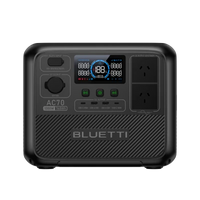
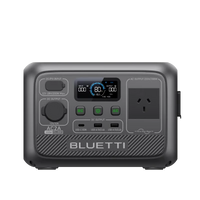
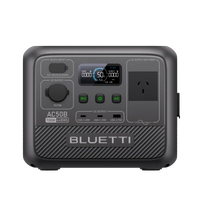

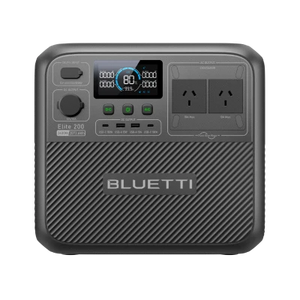
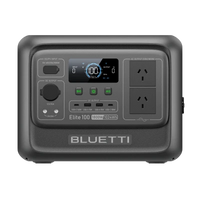
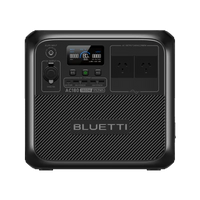
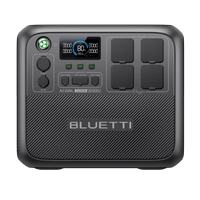
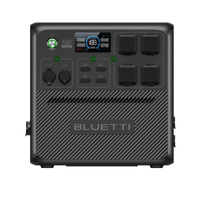
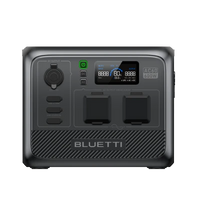
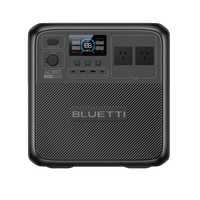


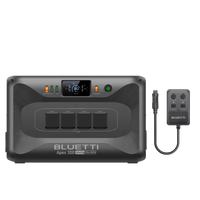

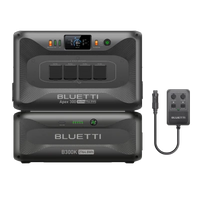
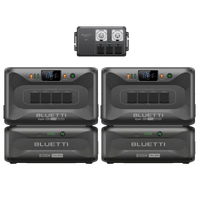
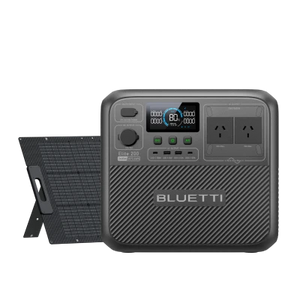
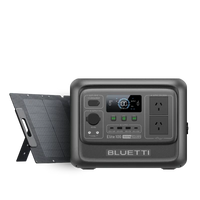
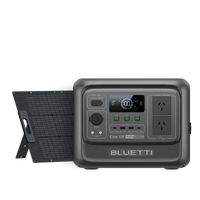
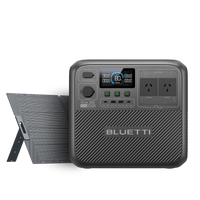
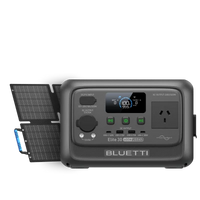
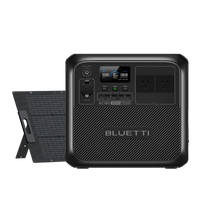
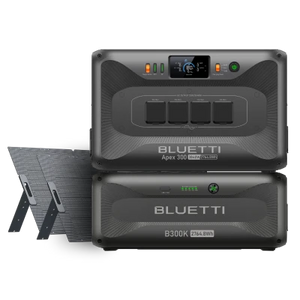
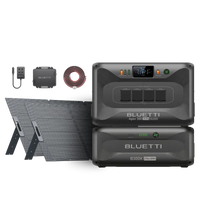
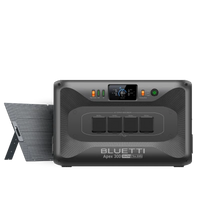
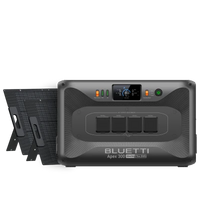
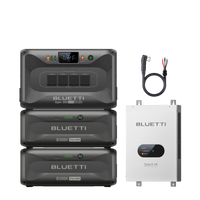

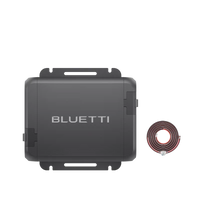
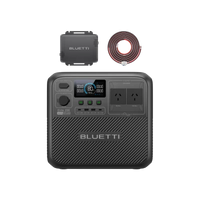
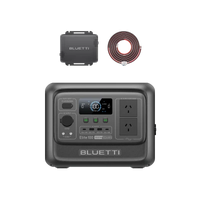
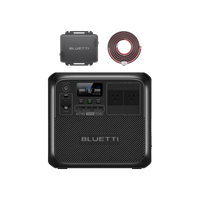
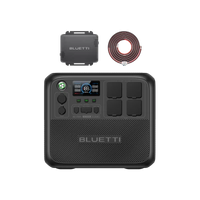
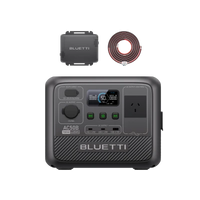
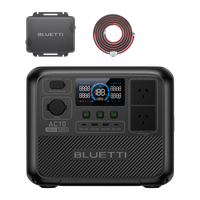


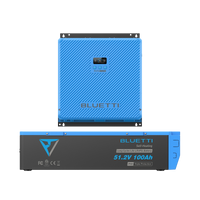
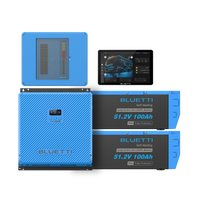
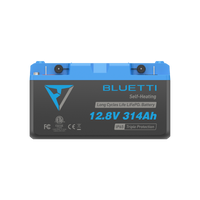
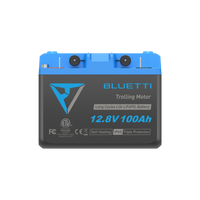
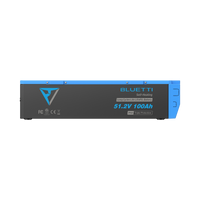
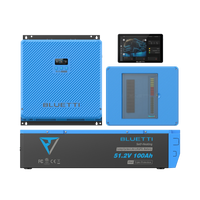
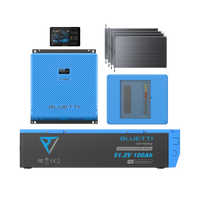
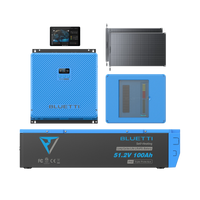
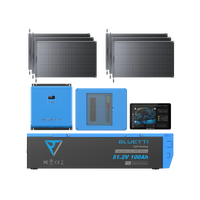




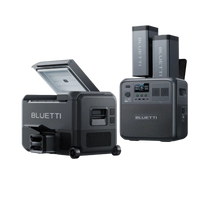
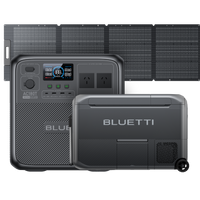
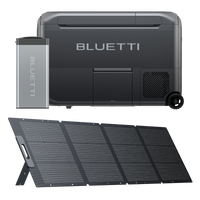
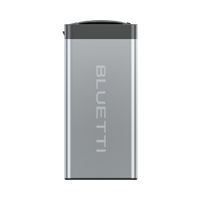
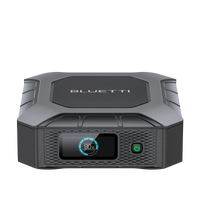
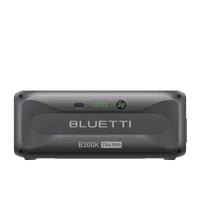

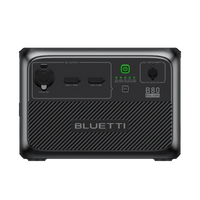
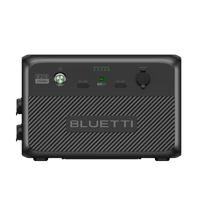

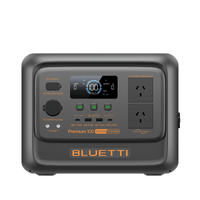
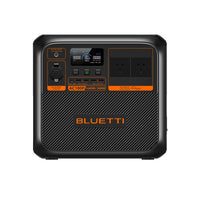

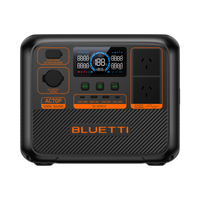
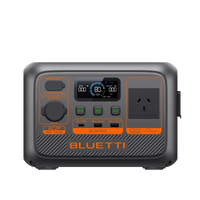
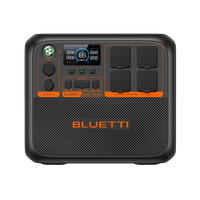
![[Phased Out] BLUETTI B80P Expansion Battery | 806Wh](http://www.bluettipower.com.au/cdn/shop/files/202310025B80P_2000-2000px_4_4caa0c1c-4dab-4272-9e9b-2b7507e5bd81.jpg?v=1713777870&width=200)
![[Phased Out] BLUETTI B210P Expansion Battery | 2,150Wh](http://www.bluettipower.com.au/cdn/shop/files/2_08cf9ef3-03a4-4489-b641-d3edb8094896.webp?v=1716016566&width=200)
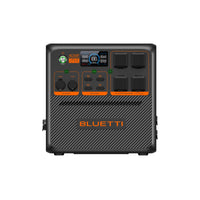
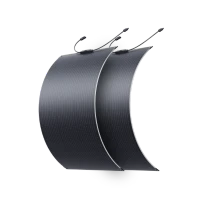
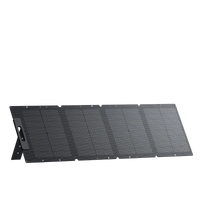
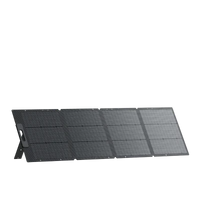
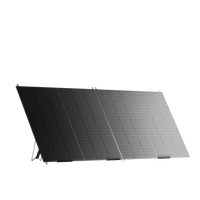

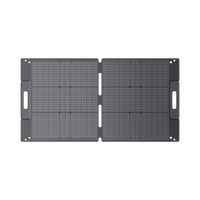

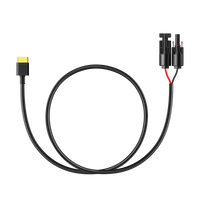
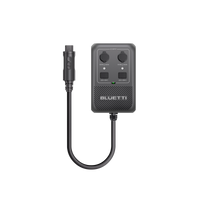


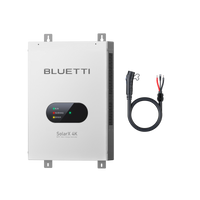
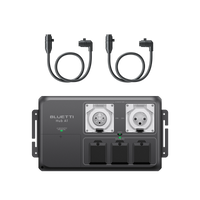
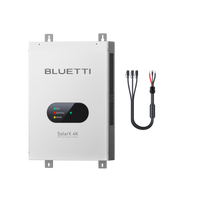
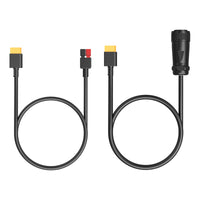
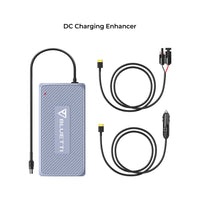

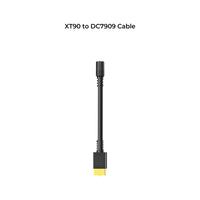
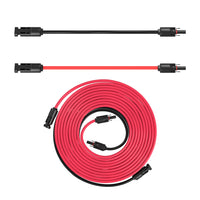
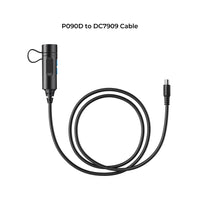
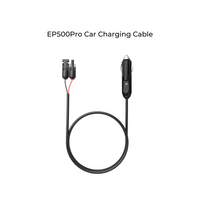
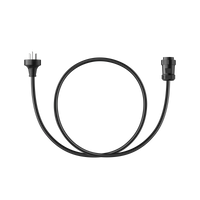
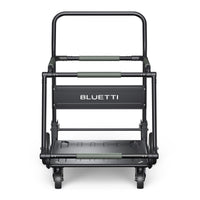
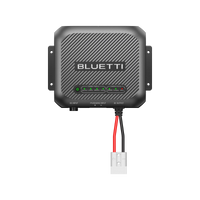
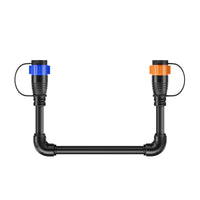



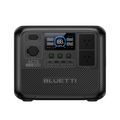
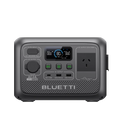
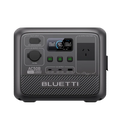


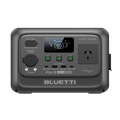
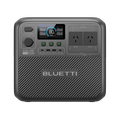
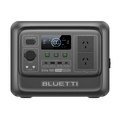
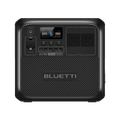
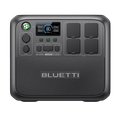
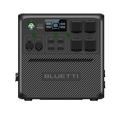
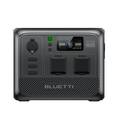
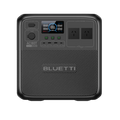


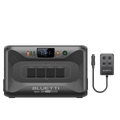

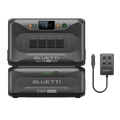
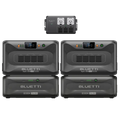




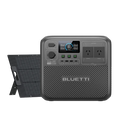
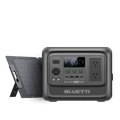
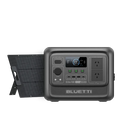
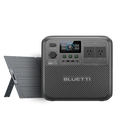
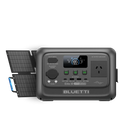
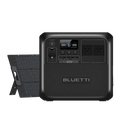
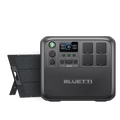
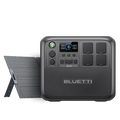




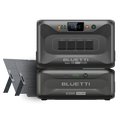

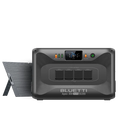
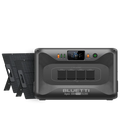
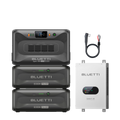



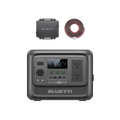
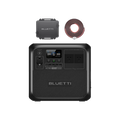


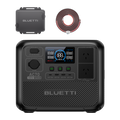
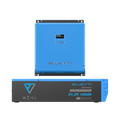
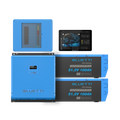
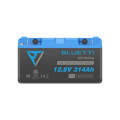
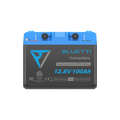

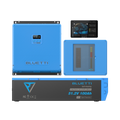









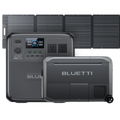
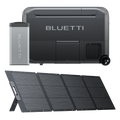




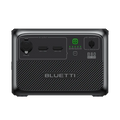
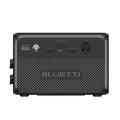
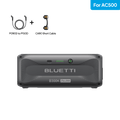

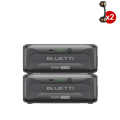
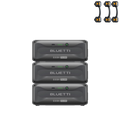




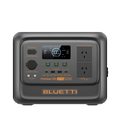
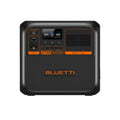

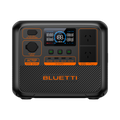
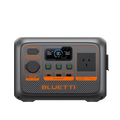

![[Phased Out] BLUETTI B80P Expansion Battery | 806Wh](http://www.bluettipower.com.au/cdn/shop/files/202310025B80P_2000-2000px_4_4caa0c1c-4dab-4272-9e9b-2b7507e5bd81.jpg?v=1713777870&width=120)
![[Phased Out] BLUETTI B210P Expansion Battery | 2,150Wh](http://www.bluettipower.com.au/cdn/shop/files/2_08cf9ef3-03a4-4489-b641-d3edb8094896.webp?v=1716016566&width=120)
